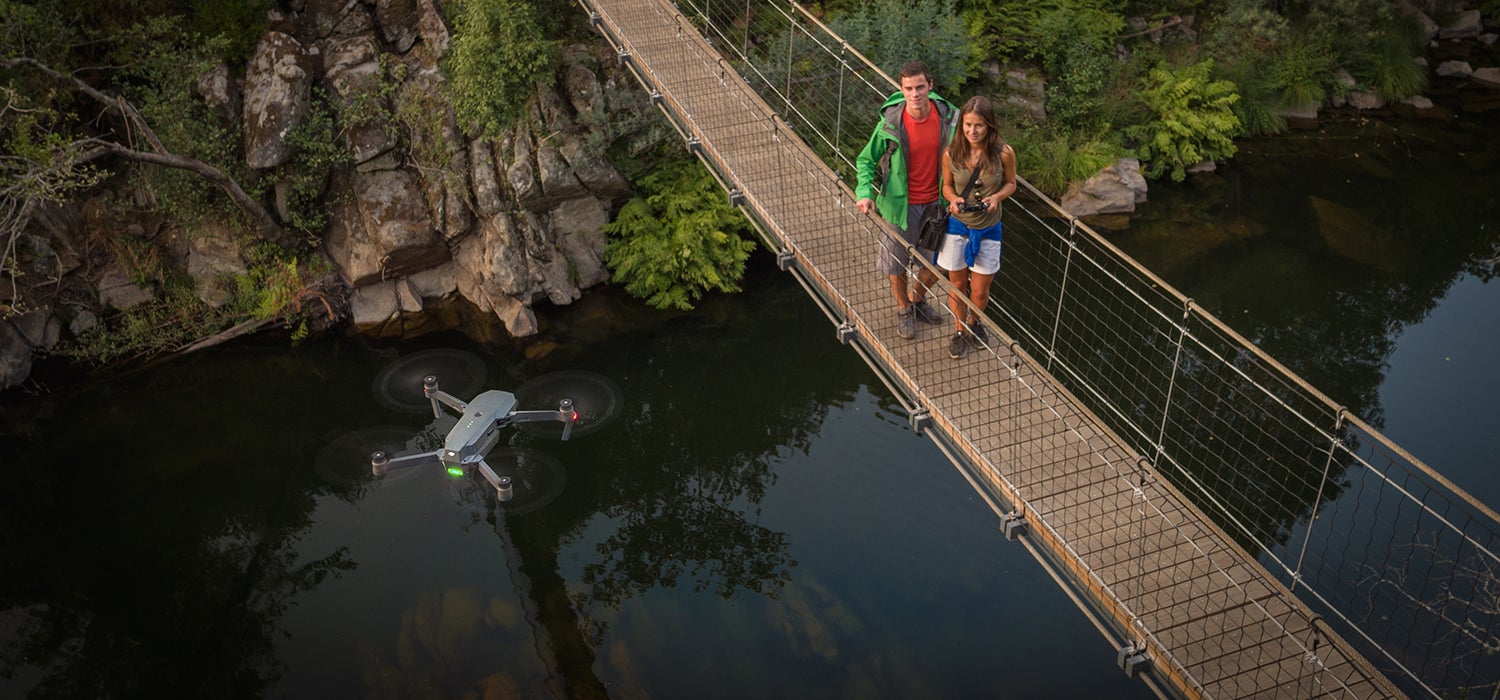The View From Above: Where to Fly Your Drone

Part of the joy in experiencing wild places comes in sharing them with friends. For friends not taking in the view with you, pictures are your best bet for conveying just how incredible your weekend or vacation really was. Whether you’re sharing snaps with your mom or posting on social media, high quality, unique images tell the best stories. And, no offense, it’s time to step up your photography game! Sure, your phone is convenient, self-mounted cameras provide an interesting perspective and big lenses shoot crisp shots. But, with the latest generation of recreational drones, like the DJI Mavic Pro, you can get all these attributes, plus capture professional quality, unique, and often hair-raising images without needing to rope up, climb to precarious positions or spring for a chopper (as if!).
Drone photography means you can get new perspective on your favorite shots, like capturing the height of fall color in the Green Mountains of Vermont, an overhead family portrait from the next gathering (no lining up by height required) at your grandparents’ house, and sweeping vistas of the Rockies in Arapaho National Forest. You can take your own drool worthy shots of vast grasslands, winding rivers and mountainsides blanketed in wildflowers.
Take to the Sky
The good news is in fact there are millions, literally, of acres where drones are allowed. National Forests (there are 154 of those in the U.S.) and most Bureau of Land Management public lands have vast areas where you are free to fly. Combined, areas with these two designations encompass about 437 million acres of land, or 21 percent of total land in the U.S. That’s a lot of flight time and total land space that you can take your drone out to fly. Private land is another option, as long as you have permission from the landowner. If the private land is yours, all the more go for it! State Parks and State Recreation Areas are other possibilities; just make sure to check with park authorities on local rules for specific locations. Just like trail etiquette, common courtesy goes a long way in promoting goodwill toward drone usage. Do make sure you are familiar with FAA’s safety rules and guidelines.
Let Your Imagination Soar
Once you decide where to fly, let your imagination soar. Panoramic valley shots, selfies with epic mountainous backdrops, and, depending upon your piloting skills, a photograph from the backside of a waterfall, are all possibilities. And, if you don’t have a drone yet, be sure to check out the foldable and portable DJI Mavic Pro to get started. It weighs in at 1.64lbs and packs to the size of a wide-mouth water bottle, meaning you can easily stash it in your pack which makes it perfect for all your outdoor adventures, be it rappelling down a canyon, camping in the wilderness or stargazing in the great outdoors.
To maximize your drone use, check out more on how to fly them and how to get the shots you want.